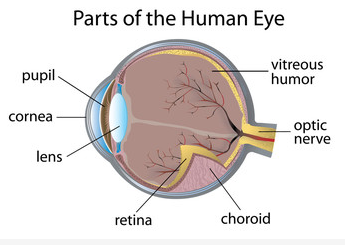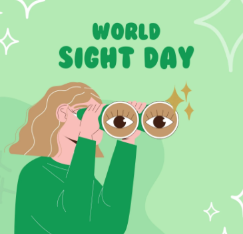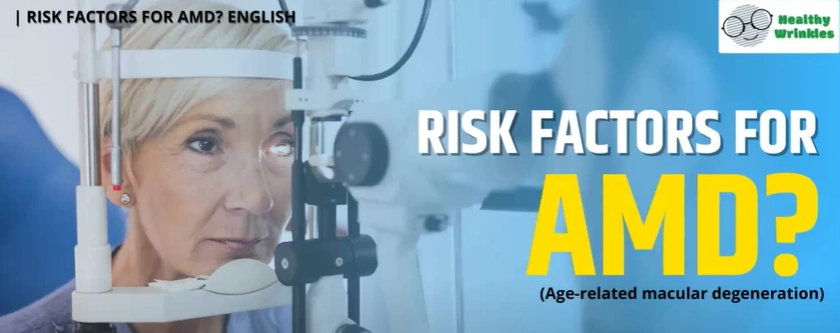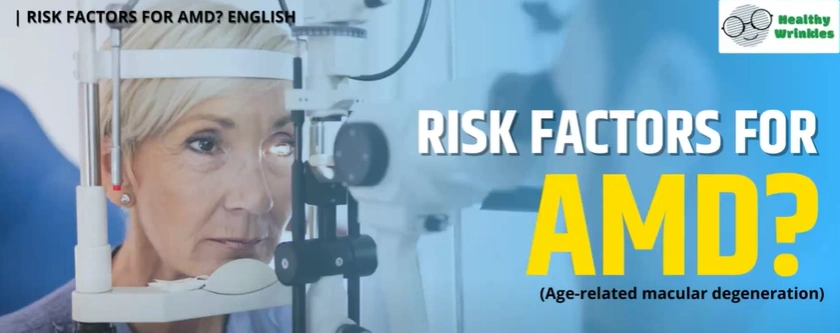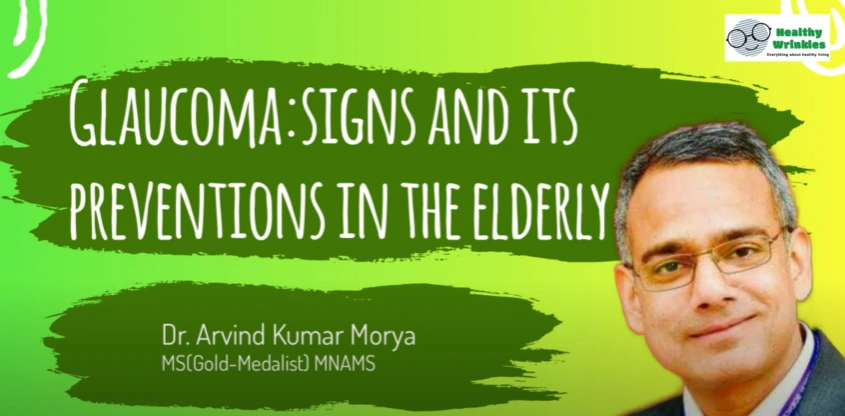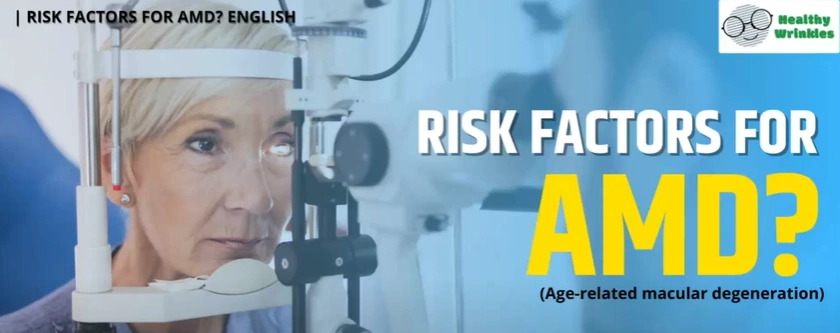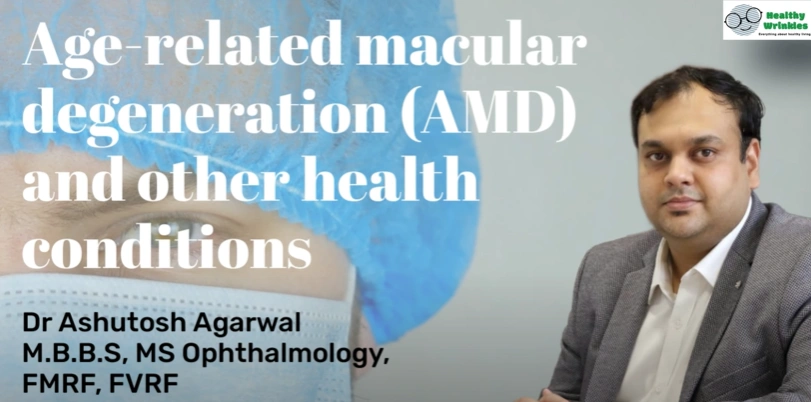All you need to know about glaucoma in elders
06-06-24
A glaucoma is a group of diseases that can damage the optic nerve of the eye and cause vision loss. It is also the second leading cause of blindness in the world. Because of its slow progression and lack of symptoms, glaucoma is known as the "sneak thief of sight."
Glaucoma develops when the normal fluid pressure inside the eyes gradually rises, and up to 40% of a person's vision can be lost without their knowledge. However, early treatment can protect your eyes from serious vision loss. Know more about glaucoma in this video by Dr. Arvind Morya.
Most Common Glaucoma Types in Seniors
Open-angle Glaucoma: The most common type of glaucoma, which causes a gradual and painless loss of peripheral vision. It occurs when the drainage canals of the eye become clogged over time. Vision damaged this way is like looking through a paper towel tube. Most people have no symptoms or early warning signs, and they may not notice vision loss for years. This type usually responds well to medication, particularly if detected and treated early.
Normal-Tension or Low-Tension Glaucoma: This can occur in people with normal eye pressure and cause optic nerve damage and narrowed side vision. Lowering eye pressure by at least 30% with medications slows this type of disease in some people, but it may worsen in others despite low pressures. A thorough medical history is essential for identifying potential risk factors such as low blood pressure. If no risk factors are found, the treatment options for open-angle glaucoma are the same.
Glaucoma with Angle Closure: The fluid at the front of the eye cannot reach the angle and exit the eye in this type of glaucoma, and the angle becomes blocked by a portion of the iris. This causes an abrupt increase in eye pressure. Without treatment, the eye can go blind in one or two days. In most cases, prompt laser surgery and medications can clear the obstruction and protect sight.
